Following withdrawal of support to the CIRUS reactor appearing after 1974 by Canada, India decided to make its own high flux research reactor. This led to the construction of DHRUVA by BARC at Trombay and reaching first criticality on 8 August 1985. 

Dhruva reactor is India’s largest indigenously designed heavywater moderated and cooled research reactor. 

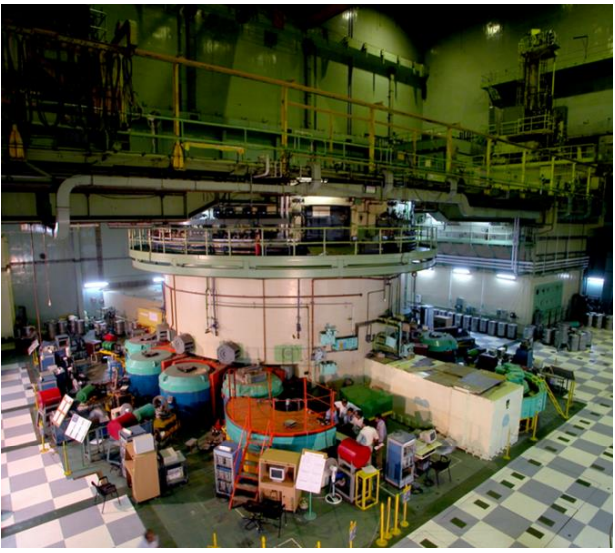
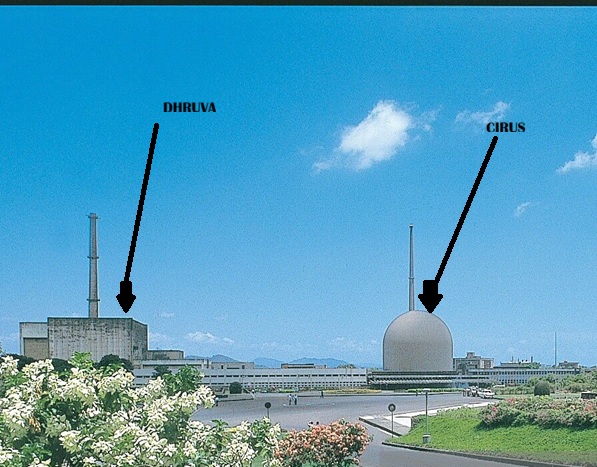
Thermal Power: 100 MWt
Max Thermal Neutron Flux: 1.8 × 10¹⁴ n·cm⁻²·s⁻¹
It replaced the Canada built CIRUS reactor and remains the backbone of India’s strategic plutonium & isotope program.
Max Thermal Neutron Flux: 1.8 × 10¹⁴ n·cm⁻²·s⁻¹
It replaced the Canada built CIRUS reactor and remains the backbone of India’s strategic plutonium & isotope program.
The core hosts 127 lattice positions, each with a 7-rod natural-uranium metal cluster inside an Al flow tube.
Moderator/Coolant: Heavy Water (D₂O)
Lattice Pitch: ~18 cm
Max Assembly Power: ~1.1 MW
D₂O Flow/Assembly: ~490 L min⁻¹

Moderator/Coolant: Heavy Water (D₂O)
Lattice Pitch: ~18 cm
Max Assembly Power: ~1.1 MW
D₂O Flow/Assembly: ~490 L min⁻¹
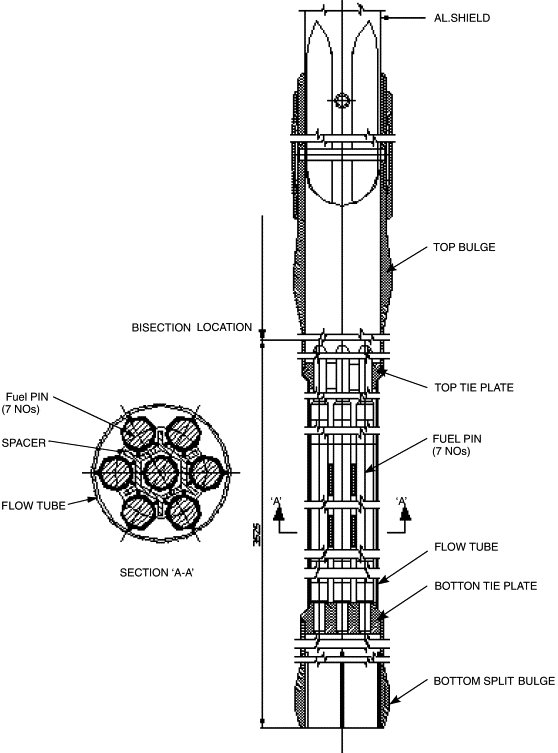
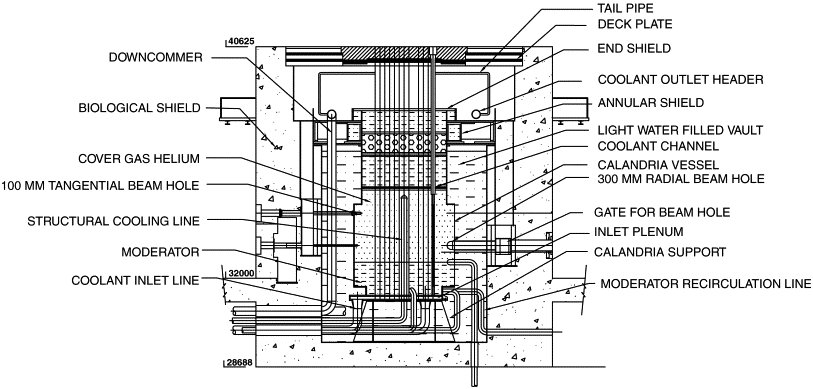
Dhruva’s configuration achieves excellent neutron economy (η ≈ 2.05) enabling sustained operation with natural uranium fuel.
With flux > 10¹⁴ n·cm⁻²·s⁻¹, Dhruva enables:
Material irradiation & creep/corrosion studies
Radioisotope production (¹³¹I, ⁹⁹Mo, ⁶⁰Co, ³²P, ⁴¹Ar, etc.)
Cold & hot neutron sources
Pneumatic carrier and beam holes for neutron diffraction & scattering
Material irradiation & creep/corrosion studies
Radioisotope production (¹³¹I, ⁹⁹Mo, ⁶⁰Co, ³²P, ⁴¹Ar, etc.)
Cold & hot neutron sources
Pneumatic carrier and beam holes for neutron diffraction & scattering
Primary D₂O circuit removes 100 MWt via three heavywater pump → intermediate light-water loop → sea-water heat sink.
Safety layer:
9 cadmium shutoff rods + moderator dump
Liquid-poison injection backup (20 central tubes)
ECCS & water-turbine-driven pumps for blackout cooling.
Safety layer:
9 cadmium shutoff rods + moderator dump
Liquid-poison injection backup (20 central tubes)
ECCS & water-turbine-driven pumps for blackout cooling.
Initial vibration and contamination challenges led to redesign:
Split-bulge fuel support to suppress flow-induced vibration.
Enhanced D₂O purification & centrifuging to control Al turbidity.
Modified pump lubrication for fire safety.
Split-bulge fuel support to suppress flow-induced vibration.
Enhanced D₂O purification & centrifuging to control Al turbidity.
Modified pump lubrication for fire safety.
These operational insights informed India’s next-generation research reactors (e.g., Compact High-Flux Research Reactor (CHFR) under design).
Dhruva is a research and strategic reactor:
Supplies high-purity weapons-grade Pu-239 (~20–25 kg yr⁻¹)
Isotope self-reliance for medicine & industry
Supports neutron physics, structural materials R&D, and fuel testing
Supplies high-purity weapons-grade Pu-239 (~20–25 kg yr⁻¹)
Isotope self-reliance for medicine & industry
Supports neutron physics, structural materials R&D, and fuel testing
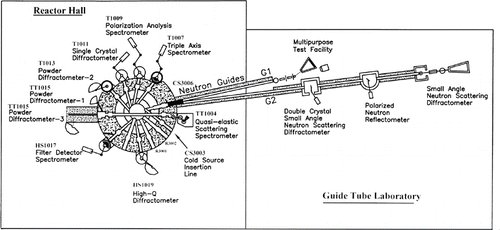
Open-source literature typically describe Dhruva’s potential plutonium production as being on the order of tens of kilograms per year (commonly quoted ballpark figures in public sources are ~20–25 kg/year).
But these are rough, aggregate estimates not precise, operational figures and they depend strongly on many operational choices and classified details, there has been situations in recent time...
Which has forced the reactor to work overtime and has been producing Boom dust and you might have noticed the sudden spike in the weapons in our arsenal.
Sources suggested 30-40kg the peak .
I really hope another Strategic reactor is build to sustain upcoming spikes in numbers.
Sources suggested 30-40kg the peak .
I really hope another Strategic reactor is build to sustain upcoming spikes in numbers.

Dhruva is going to be replaced, files have been placed...
Coming to my opinion, it should be replaced and we can actually attain 50kg per reactor with new designs.
Coming to my opinion, it should be replaced and we can actually attain 50kg per reactor with new designs.
• • •
Missing some Tweet in this thread? You can try to
force a refresh







